Seongmunjeong (석문정)
12.2Km 2024-02-16
2059-7 Baekdo-ro, Doam-myeon, Gangjin-gun, Jeollanam-do
Seongmunjeong is renowned for its hoechuntang (chicken and seafood soup with medicinal herbs). In Gangjin, where meat and seafood are plentiful, hoechuntang emerged as a traditional dish, embodying the region's abundance. This wholesome soup, which combines medicinal herbs, octopus, abalone, and chicken without the addition of salt, is a testament to the area's culinary heritage. Its name, "return-to-spring soup," reflects the soup's reputed health benefits, believed to rejuvenate the diner and restore the vitality of one's youth.
Mihwangsa Temple (미황사)
12.4Km 2025-01-21
164 Mihwangsa-gil, Haenam-gun, Jeollanam-do
+82-61-533-3521
Constructed during the eighth year of King Gyeongdeok of the Silla dynasty (749), Mihwangsa Temple is located on the western side of Dalmasan Mountain (489 meters), titled the Geumgangsan Mountain of the Southern Sea. The temple is situated the furthest south of all temples in the Korean peninsula. Beautiful sunsets and the view of the graceful Dalmasan Mountain from the temple attract numerous visitors. The foot of the mountain found behind the temple blends well with the suitable-sized temple and the appearance of Daeungbojeon Hall gives out an aura of comfort and tranquility. The cornerstone of Daeungbojeon Hall is carved with sea creatures, such as turtles and crabs that cannot be observed elsewhere. Other attractions include 18th century murals on the walls of Daeungbojeon and Unginjeon Halls.
Gaudo Suspension Bridge (가우도 출렁다리)
14.5Km 2024-01-11
San 7-1 Singi-ri, Doam-myeon, Gangjin-gun, Jeollanam-do
Gaudo Island, the only inhabited island among Gangjin's eight islands, is connected to the mainland by a suspension bridge. The suspension bridges installed on both sides of the island have emerged as Gangjin's famous destination, attracting hundreds of thousands of visitors every year. While crossing the dizzying suspension bridge, one can see the wonderful seascape that changes in brightness depending on the waves. The footbridges, Jeodu Suspension Bridge (438 m) or Dasan Bridge (716 m), can be used to entrance Gaudo Island, and there is also a clean trail along the coastline. It takes about one to one and a half hours to walk across both bridges, making it a great place to enjoy a walk.
Gaudo Island (가우도)
14.6Km 2025-01-17
473, Wolgot-ro, Gangjin-gun, Jeollanam-do
+82-61-430-3114
Gaudo Island is the only populated island of the eight islands in Gangjinman Bay. The name comes from its appearance in relation to Boeunsan Mountain in Ganjin-eup, which looks like a cow’s head. The whole island resembles a cow’s meonge (curved stick around cow’s neck used to drag farming tool) so the island became to be called Gaudo Island (Ga: Meonge in Chinese characters).
From Gaudo Island, Gangjinman Bay and the uninhabited islands can be seen in all directions. The coastal scenery is stunning and varied natural tourism resources grow here such as the silver magnolia, cypress colony, and Japanese black pines. Visitors can walk to the island from the mainland via a suspension bridge. When arriving to the island, a 2.5-kilometer long ecological exploring road along the mountain and coast is available. Also, fishing park which has various kinds of fishes is located in the spot where visitors can overlook at beautiful scenery of Gangjinman Bay. At the top of the island, visitors can enjoy a zip track which is an eco-friendly leisure facility, starting from the 25-meter Cheongja Tower.
Wando Arboretum (완도수목원)
14.9Km 2025-01-13
156, Chopyeong 1-gil, Wando-gun, Jeollanam-do
+82-61-550-1544
Wando Arboretum features the largest and oldest broadleaf evergreen colony in the nation, along with over 3,800 other flora on a grand plot of land. The arboretum is comprised of an exhibition hall, greenhouses, walking paths, an observatory, campground, basketball court, and more.
Created in 1991, Wando Arboretum is the only warm temperate arboretum in Korea where only 15% of the landscape is considered a warm temperate region. The broadleaf evergreen tree forest has high medicinal value, and is home to many species of rare warm temperate plants such as goodyera, calanthe striata, and cephalanthera falcata. There are 30 special gardens based on different plant types. From the observatory, visitors can enjoy the view of Dadohaehaesang National Park and the southern sea. The observatory offers an opportunity to educate visitors on nature and the environment and allows them to take a rest during their visit.
Dasan Chodang (Historic Site Related to Jeong Yak-yong) (다산초당 (다산 정약용 유적지))
15.2Km 2023-06-19
68-35, Dasanchodang-gil, Gangjin-gun, Jeollanam-do
+82-61-430-3911
Dasan Chodang is the house where Jeong Yak-yong (pen-name Dasan, 1762-1836) lived during his exile. He was a scholar of the late Joseon dynasty and is noted for his great contributions to the development of practical learning in Korea. After he was expelled to Ganjin for writing a secret letter of appeal for religious freedom, which later was named ‘the Hwang Sa-yeong Baekseo’, he lived in the house for 18 years while studying practical learning (‘Silhak’ in Korean). Most of his famous books were written in Dasan Chodang. While walking along a road near Dasan Chodang, you can see the Cheonilgak pavilion, which offers a great view of beautiful Gangjin Bay. Not far from Dasan Chodang is the Dasan Museum, where visitors can learn about the life of Dasan.
Da hyang so ckuk (다향소축)
15.4Km 2024-12-23
7-5 , Dasanchodang 1-gil, Gangjin-gun, Jeollanam-do
+82-61-432-0360
Dahyang Sochuk, near the Dasan Chodang historic site in Gangjin, Jeollanam-do, is a traditional hanok homestay that feels like a local museum. All rooms are red clay-walled, and have naturally dyed bed linen. Large and small flowers bloom around the house, and in the yard are many strangely-shaped bonsai in pots, creating a refined and relaxing atmosphere. Wild green tea grows locally, so tea ceremonies are often arranged.
Gangjin Ziptrek (강진 짚트랙)
15.6Km 2024-01-11
49-9 Gaudo-gil, Doam-myeon, Gangjin-gun, Jeollanam-do
This exciting activity can be enjoyed at the 25-meter high celadon tower located in the center of Gaudo Island. Gaudo Ziptrek is approximately 1 kilometer long and boasts the longest one in Korea as a maritime experience facility. After wearing safety equipment on the tower's first floor, visitors can ride the Ziptrek at the top of the sixth floor. The ziptrek offers an exhilarating downhill slide that feels like flying in the sky with magnificent scenery that unfolds down below. The slide ends at the entrance to the suspension bridge.
Gangjin Baengnyeonsa Temple (백련사 (강진))
16.0Km 2020-04-04
145, Baengnyeonsa-gil, Gangjin-gun, Jeollanam-do
+82-61-432-0837
The original name of Baengnyeonsa Temple was Mandeoksa Temple, said to have been built by Preceptor Muyeom during the reign of Silla King Munseong. Later, Preceptor Wonmyo rebuilt it in the old site during the reign of King Huijong (7th year) during the Goryeo period. He gained fame as Baengnyeongyeolsa so the temple began to be called Baengnyeonsa Temple. Baengnyeongyeolsa has produced eight preceptors of Goryeo and flourished throughout 120 years. In addition, the area is famous as the place where Dasan Jeong Yak-yong and Master Hyejang connected and developed companionship regardless of religious and age differences during Jeong was exiled to Gangjin.
The temple’s most popular attraction is Forest of Common Camellias, designated as Natural Monument No. 151. The Camellia trees, skirting the road to the temple, make up a forest covering the area of 9,917 ㎡ over the ruined Haenghotoseong Earthen Fortification next to a memorial stone. In the forest, four stupas of Goryeo and Joseon Era are scattered like hide-and-seek. The forest features a tranquil ambience all year long even in daytime, thanks to the thick, green leaves. From November, the camellia flowers are in full bloom and the forest becomes red, beautiful enough to inspire visitors. After passing the forest on the way to Dasan Chodang, visitors can glimpse a colony of tea fields and wild tea produced by Baengnyeonsa Temple. The mountain where Baengnyeonsa Temple is situated has had wild tea fields grown from Goryeo Era so that it was called "Dasan." For this reason, Jeong Yak-yong’s pen name is "Dasan" which holds the valuable meaning of his banishment here.
Bichwie Muldeulda Gallery Cafe (비취에물들다)
16.6Km 2024-01-11
20-16 Cheongjachon-gil, Daegu-myeon, Gangjin-gun, Jeollanam-do
Gangjin is a historic place that produced celadon from the late Unified Silla period to the end of the Goryeo period. Bichwie Muldeulda Gallery Cafe is a celadon-themed gallery café run by Kim Bo-bae, who comes from a family of ceramic craftsmen and runs the ceramic craft store Gukbo, which is connected to the café. The Goryeo Celadon Museum is also nearby. This café makes coffee using a celadon coffee grinder and serves it in a celadon mug. Visitors can also enjoy a celadon hand painting experience and a potter's wheel experience here. Items made from the experience program will be be baked in a kiln and delivered through parcel service. The experience takes about 30 to 40 minutes.
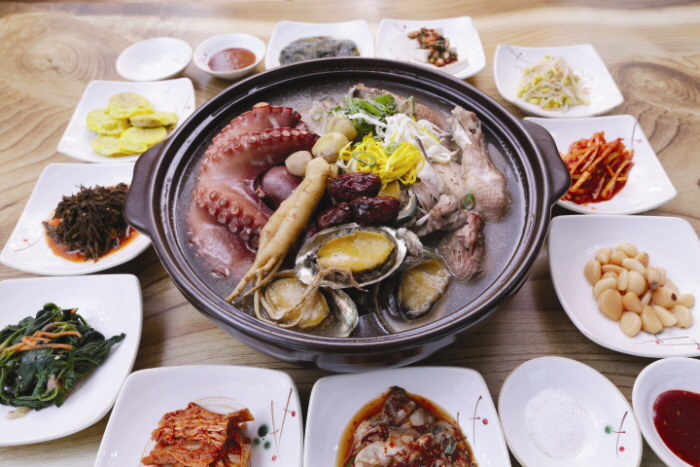
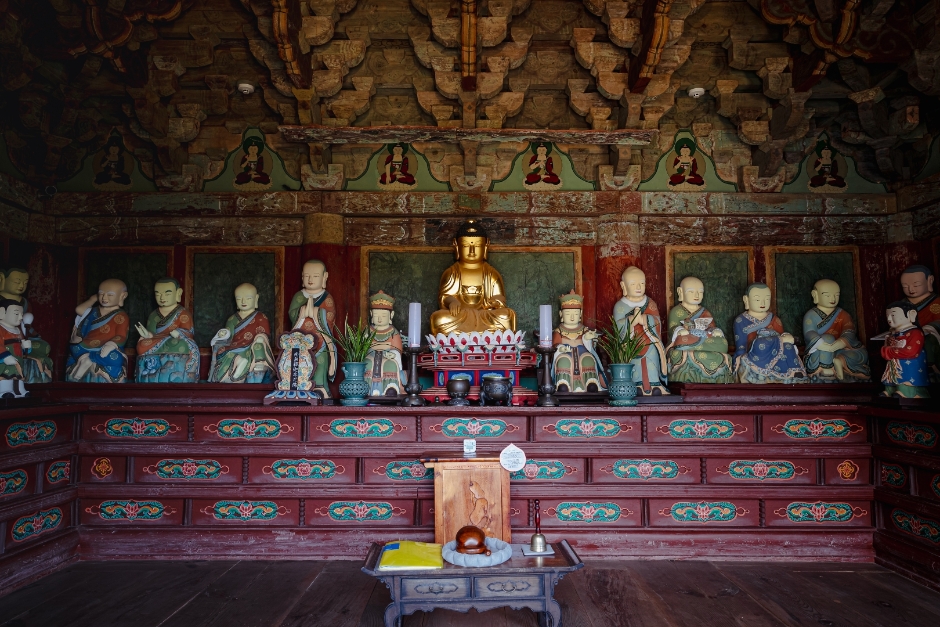

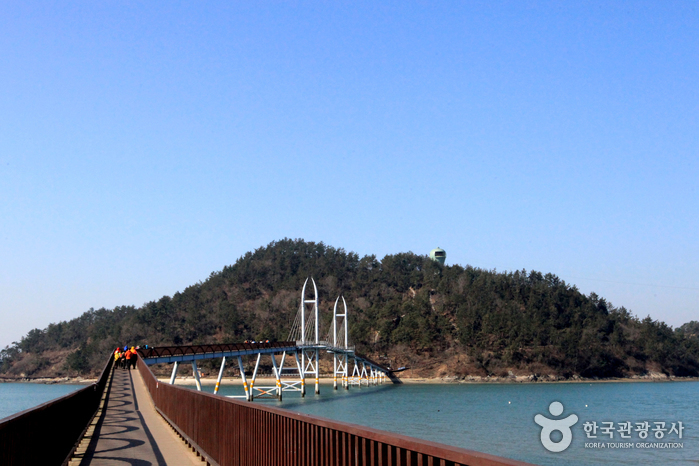
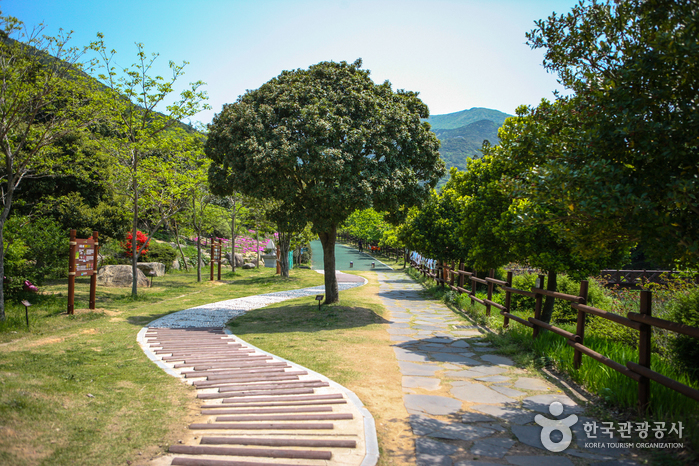
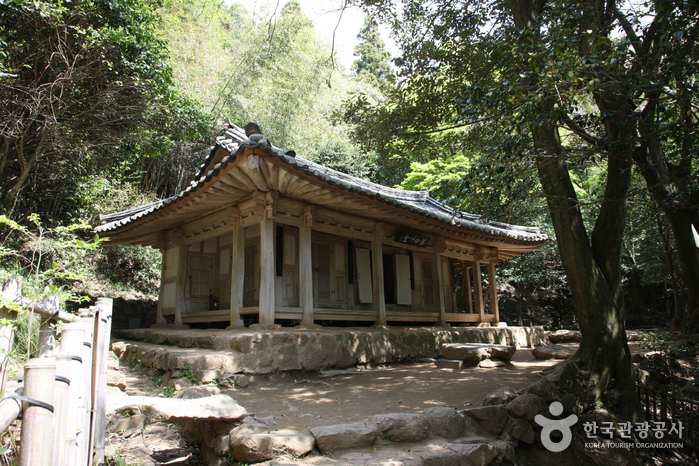
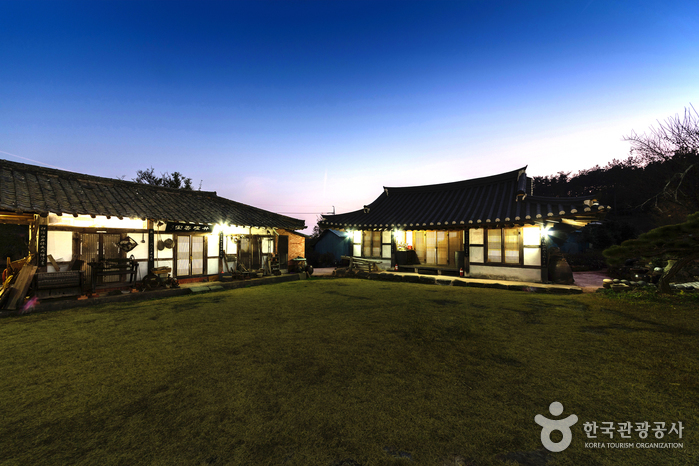
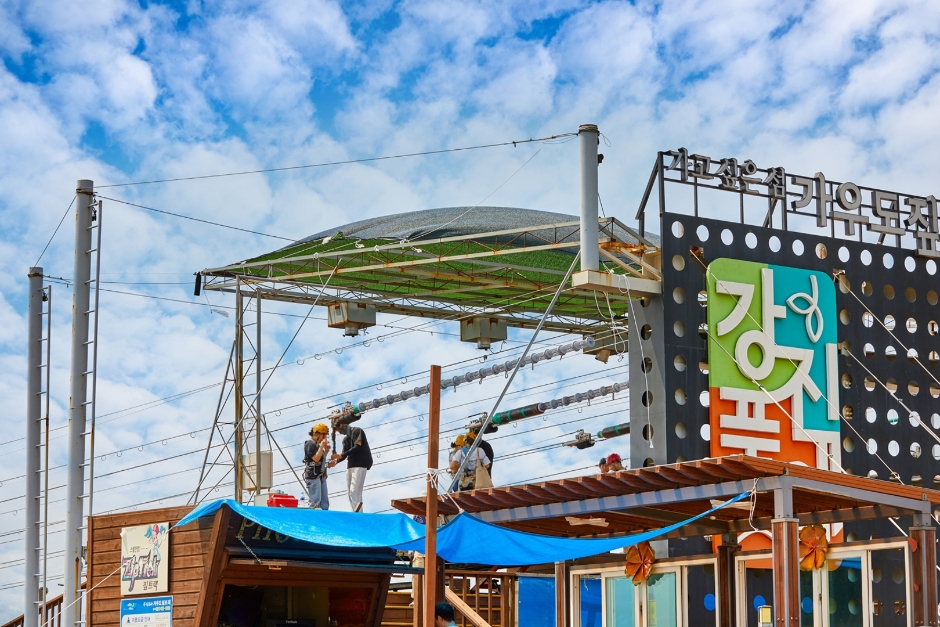
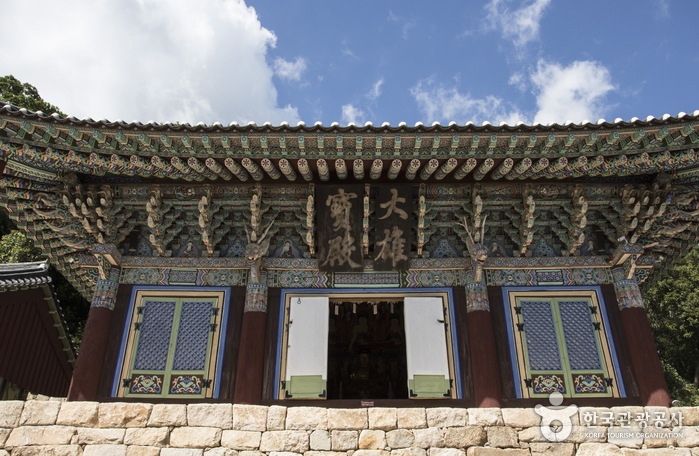
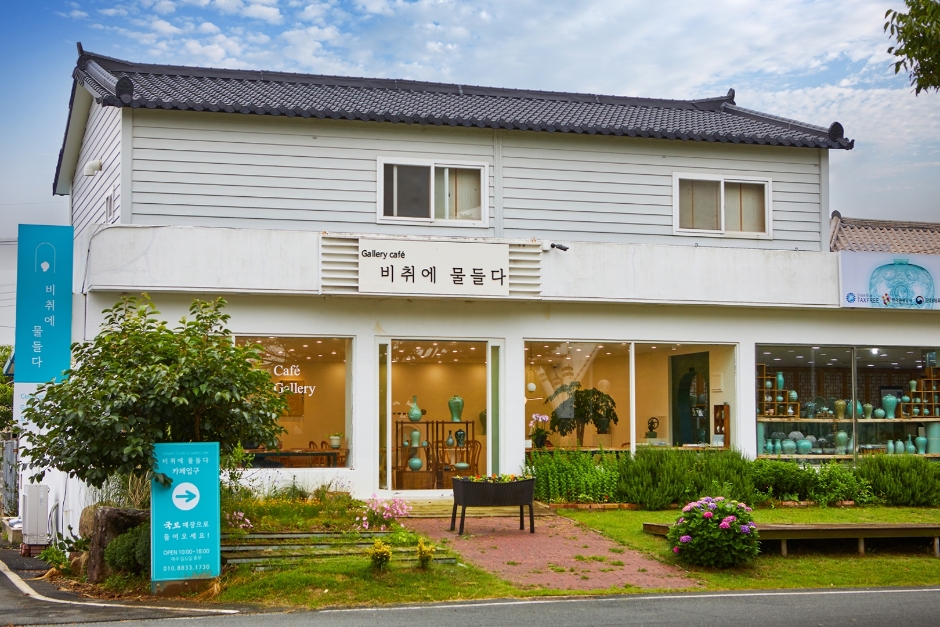
 English
English
 한국어
한국어 日本語
日本語 中文(简体)
中文(简体) Deutsch
Deutsch Français
Français Español
Español Русский
Русский